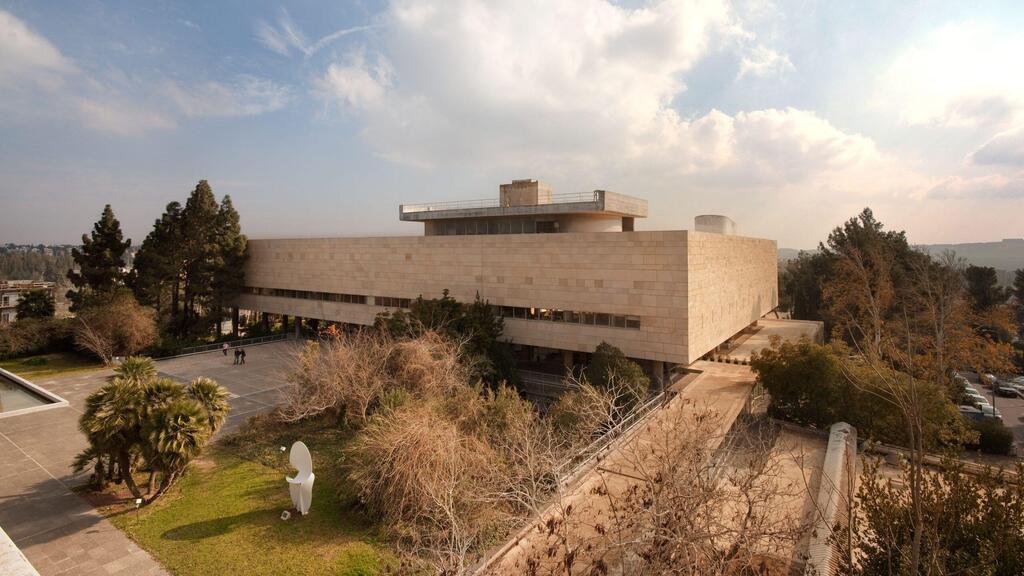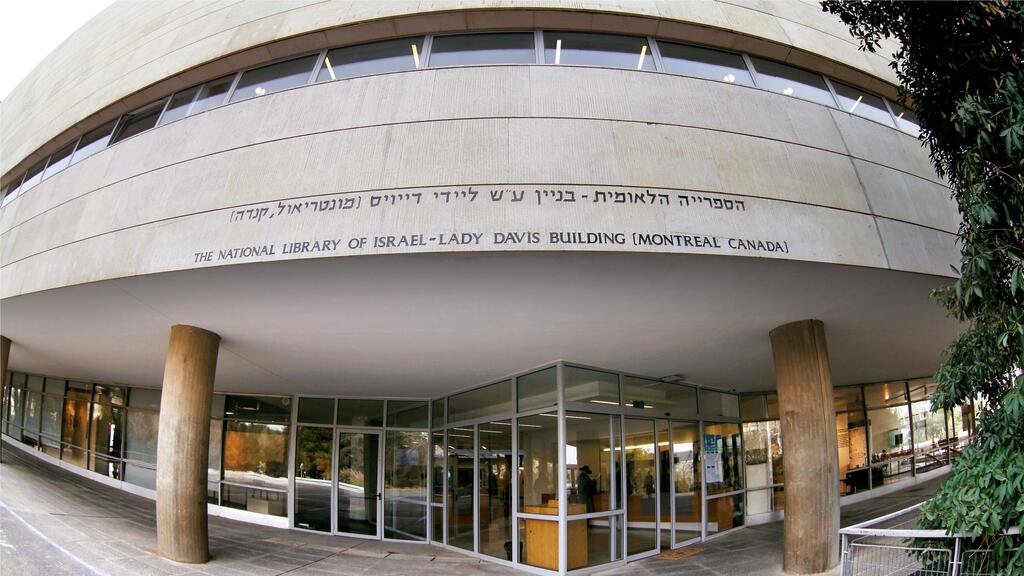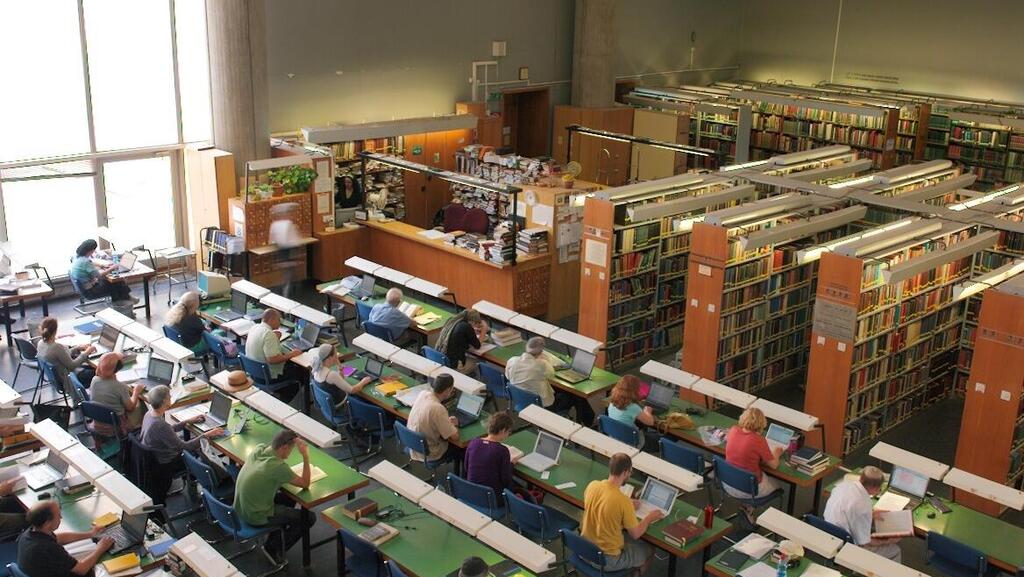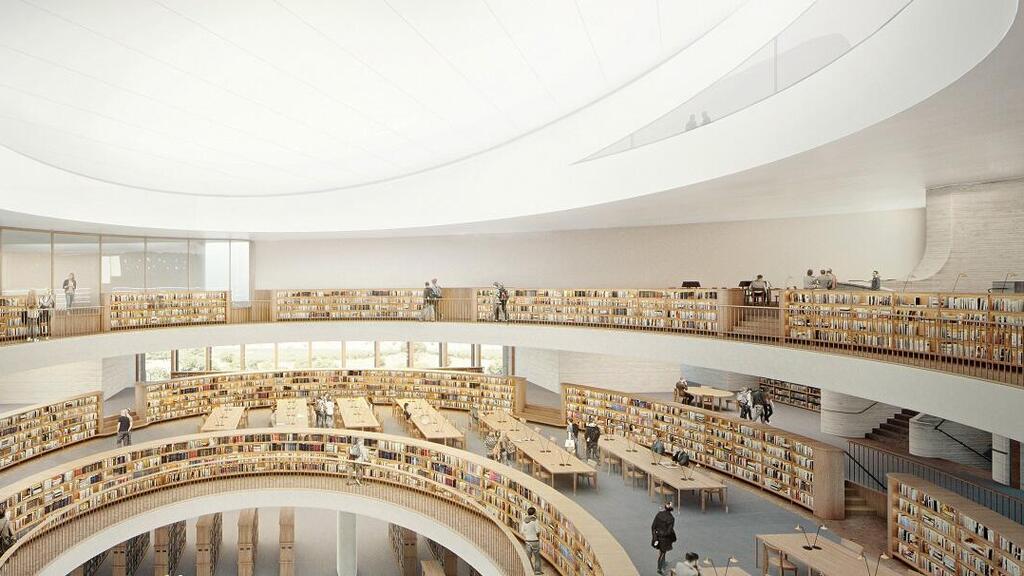Israel’s National Library at the Hebrew University in Jerusalem will soon be moved in its entirety after 63 years, and transferred to a new and modern building in the city.
More stories:
The prestigious institution, established in Jerusalem 131 years ago with the aim of preserving Jewish cultural treasures, has changed its location several times throughout its existence.
5 View gallery
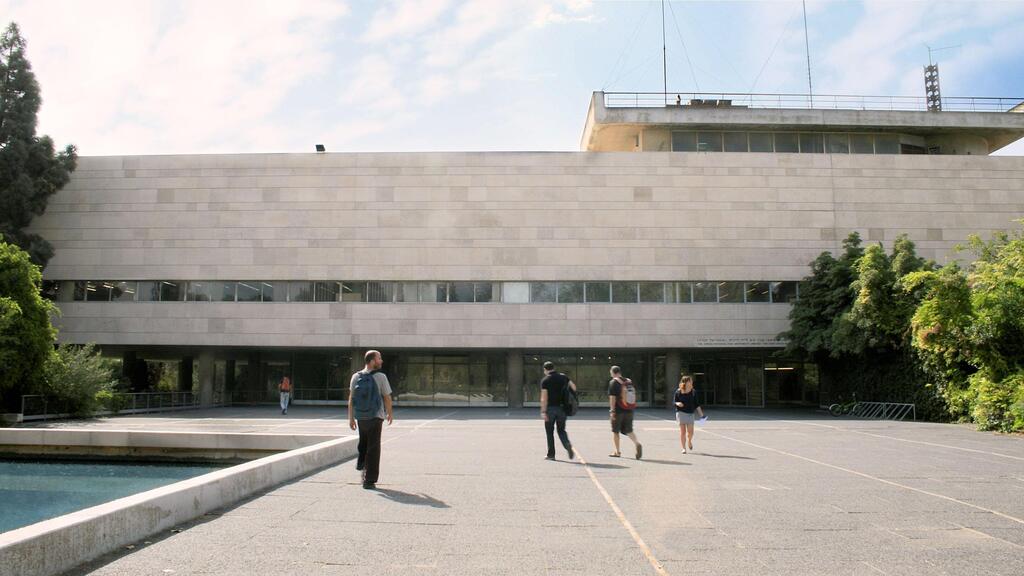

National Library of Israel is moving from its building on the Hebrew University campus in the Givat Ram neighborhood of Jerusalem
(Photo: National Library of Israel)
However, its residence on the Hebrew University campus in the Givat Ram neighborhood of Jerusalem was at the time of its establishment a large and impressive public structure, which was unprecedented in the young state of Israel.
The question of how to design a monumental building in a country where its architects had not yet succeeded in formulating and developing a local, independent and representative architectural language, occupied many who participated in the design competition announced in 1955 for planning the National Library Building.
The competition was hard, but in the end it was proposed to the three architecture groups whose proposals were leading to establish a joint office and plan the new building together.
The young architects were Ziva Armoni and Chanan Havron, Shulamit and Michael Nadler along with Amnon Alexandroni, Avraham Yaski, and Shimon Povzner.
In accordance with the plan for the new Hebrew University campus, the location of the library was determined at the edge of a spacious lawn and near the main entrance gate to the campus.
To enhance the building, two central paths were designated on both sides of the main lawn, intended to connect between the campus gate and the library building: one path is open to the eastern sky, and the other path is covered and passes through the terraced floors of the study halls.
Due to the significant influence of the Swiss-French architect Le Corbusier, the building was designed by architects in a modernist cubic style, predominantly composed of reinforced concrete with the exception of a stretched ribbon window along the building’s front.
The architects abstained from using the local stone provided by the Jerusalem municipality and instead opted for a light-toned limestone.
The building is supported by a cantilevered entrance floor resting on a stone-clad base made of local stone. This was the only element that acknowledged local materials.
On the opposite side of the base, the entrance floor rests on a paved area that resembles a field of columns rising two floors high.
At the top of the building, a viewing terrace was established, designed as a fashionable element that appeared in many buildings of that time in Israel and around the world. However, access to the terrace was prohibited due to safety regulations.
The design of the building's front in this manner gave it a monumental appearance, as if it were hovering above the ground. To emphasize the building's status, a wide, paved forecourt was established at its front, featuring a reflecting pool with a sculpture of a fountain.
The building's floor plan is square and is based on a grid of columns that allow flexibility in need of changes. The central focus was given to the main reading hall. The reading hall is naturally illuminated through a wide and tall glass screen that faces one of two inner courtyards.
In addition, circular openings were placed in the ceiling to allow filtered sunlight to enter the building. The gallery floor provided students with more intimate study spaces compared to the main part of the hall.
One of the building’s prominent elements is the spiral staircase installed in several different places in the building. They were designed in a way that gave the halls, in which angles and straight lines prevailed, a unique look.
At the beginning of the previous decade, the National Library’s management decided to relocate it to a new building that was already being constructed near the Knesset. The process was mainly driven by the need to enable the library's activities as an independent body separate from the Hebrew University.
The new building is also intended to expand the library’s storage facilities for books and various items, whose number have increased over the years, as well as to enhance and expand the library's storage and service facilities for the public in Israel and visitors from around the world.
The new National Library building in Jerusalem, which will be inaugurated in the coming months, was designed by the Swiss-French architectural firm Herzog & de Meuron.
The area of the new building is approximately 45,000 square meters, spread over six floors covering an area of approximately 15,000 square meters above ground, and an additional four floors covering an area of 30,000 square meters below ground.
Herzog & de Meuron designed the building with an upwardly curving stone body. The main entrance, located in the building’s center, is covered by a roof that slopes downward, resembling a folded piece of fabric. The body is mostly solid, giving it a sculptural appearance.
The designers decided to avoid exterior lighting so that the light inside the library would penetrate through its gaps. The building’s glass-covered front will occasionally be interrupted by stone and wood “breaks.”
Once again, actual Jerusalem stone will not be used to construct the building. The building’s upper stone body is made of a processed mineral composite, that was designed in a way that resembles Jerusalem stone in its texture and color.


